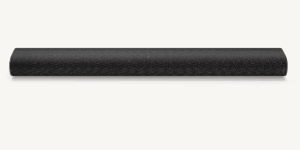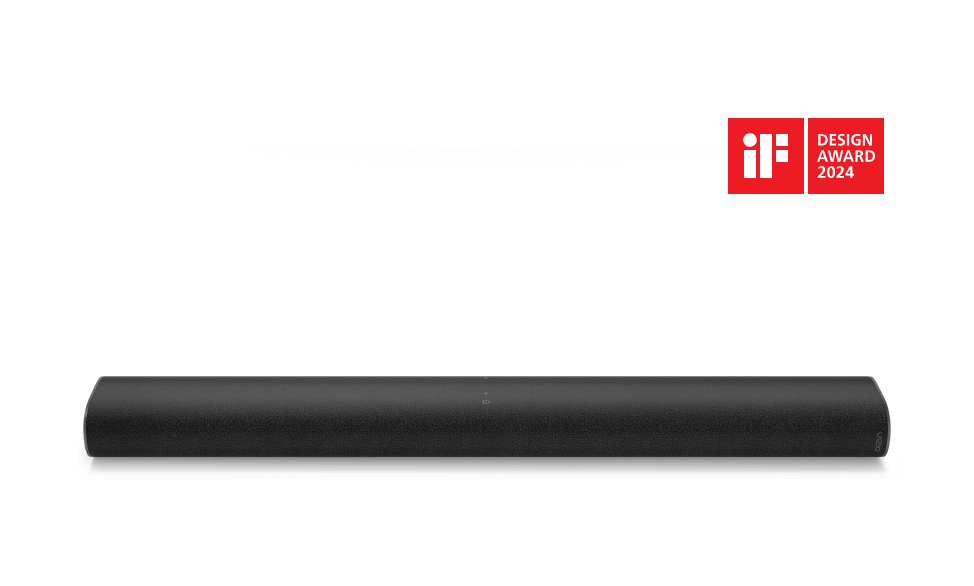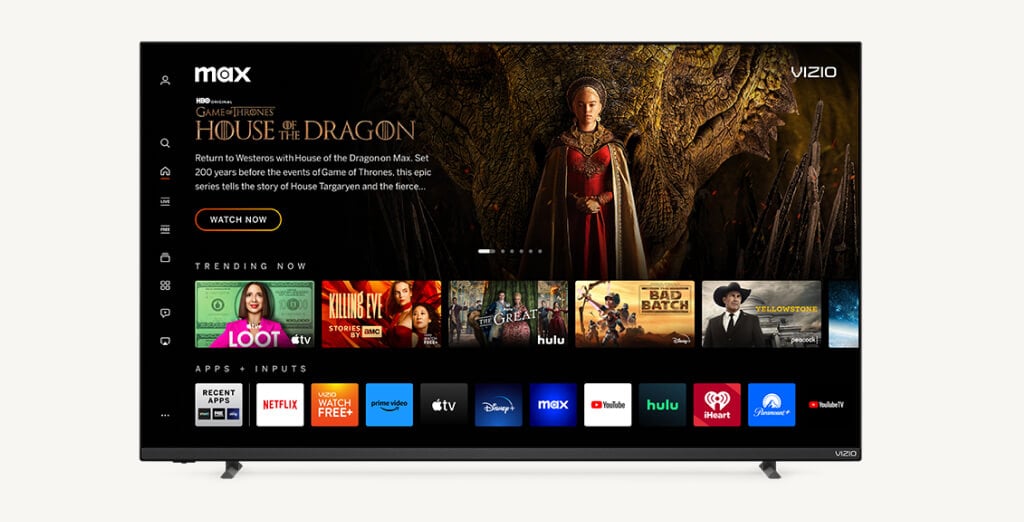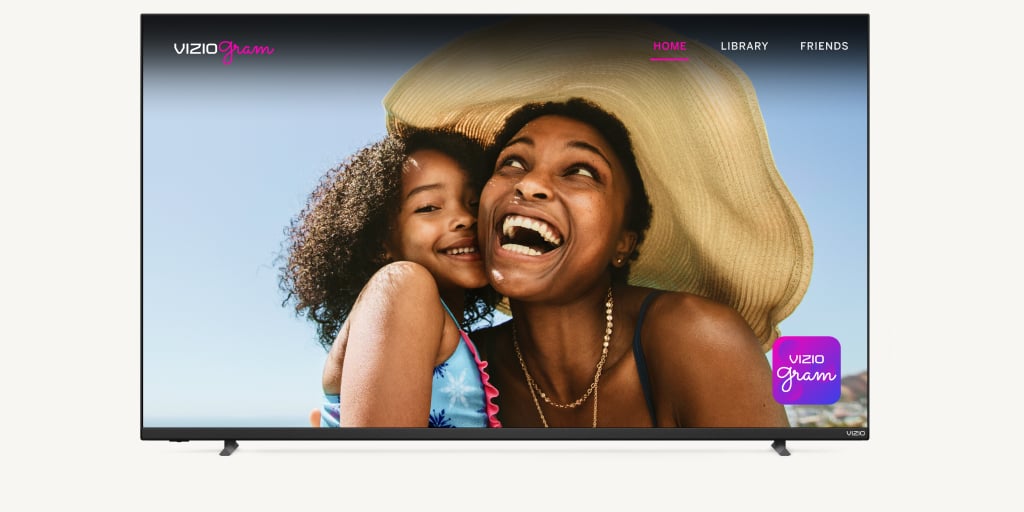VIZIO SB4021M-A1 Review: VIZIO's Sound Bar Is a Solid Pick -- For Now
If sound bars are the ultimate "good enough" home audio solution, the Vizio SB4021M-A1 ($270 street price) feels like the typical good-enough sound bar. It's solid in just about every respect, with a sleek design, a good remote, and above-average sound quality. At the same time, it lacks a single standout quality that would put it head and shoulders above its competitors. It may be easier to enthusiastically recommend a less well-rounded sound bar that either looks or sounds fantastic, but there's something to be said for a balanced product.
The big hesitation about the SB4021M-A1 is its lack of built-in Bluetooth, which is about to become a much more common feature for new 2013 sound bars coming out in the spring. If you need to buy a sound bar now, the SB4021M-A1 is one of the better options currently on the market, but if you can wait just a few months, you'll have a better crop of sound bars to choose from.
Design
Vizio's sound bars have evolved over the years, but with the SB4021M-A1 it's sticking with what works. It looks largely the same as the VHT215 it replaces, with silver edges and angled metal feet on the bottom. It's 40 inches long, designed to complement a 42-inch TV, and its 2.1-inch depth makes it not quite as superslim as some other sound bars, but it's not bulky either. There's a front-panel display that gives handy feedback as to how loud you are or what input you're on, a basic nicety surprisingly missing from many sound bars. The included subwoofer is wireless and compact enough that it won't overwhelm your living room.
The included remote avoids a lot of the pitfalls common to sound bar remotes. It's a step up from the commonplace credit card-style clickers, with a chunkier feel and large buttons. The remote is also pleasantly minimalistic, with buttons for little more than basic transport and volume. While it doesn't feel as nice to hold as the Bose Solo's remote, for example, it's better than most and easy to use.
Features
The Vizio's inputs are on the back of the sound bar and cover all the major port types: optical, coaxial, and analog (minijack). While that's not many ports in total, you should be able to use the sound bar with most of your home theater devices if you use your TV to switch inputs. There's also a USB port that can play back MP3s, but it's a clunky solution since you need to navigate the connected drive using the SB4021M-A1's smallish display.
The big missing feature is built-in Bluetooth, which is still relatively uncommon, but will be much more prevalent in 2013 based on what we saw at CES 2013. (In fact, Vizio announced that it's bringing Bluetooth to all of its new 2013 sound bars.) If you don't need a sound bar right away, you might consider waiting until more Bluetooth-compatible sound bars hit the market.
To read the rest of this article, please click here.

































